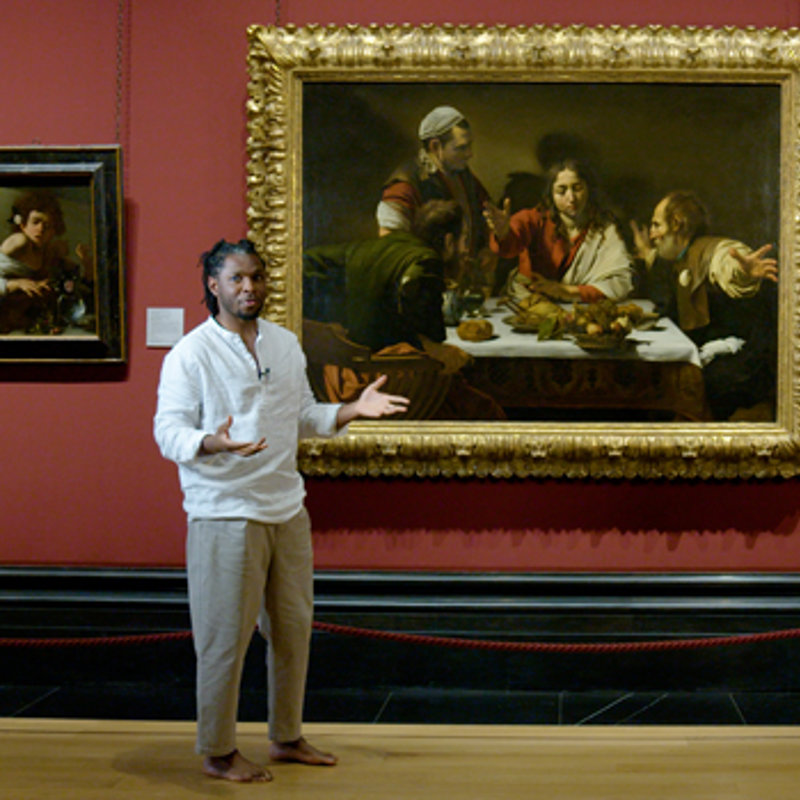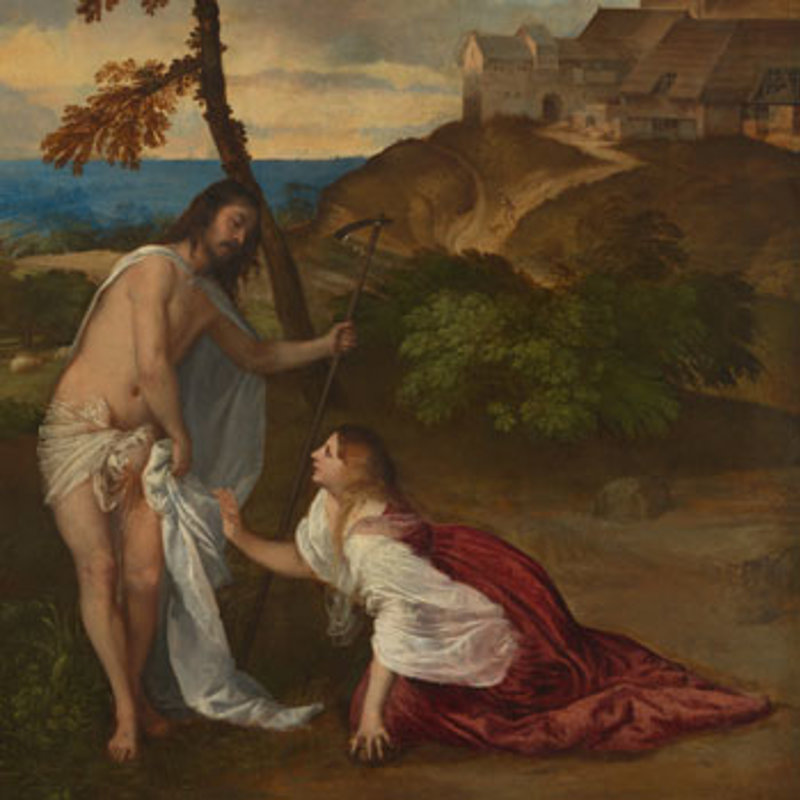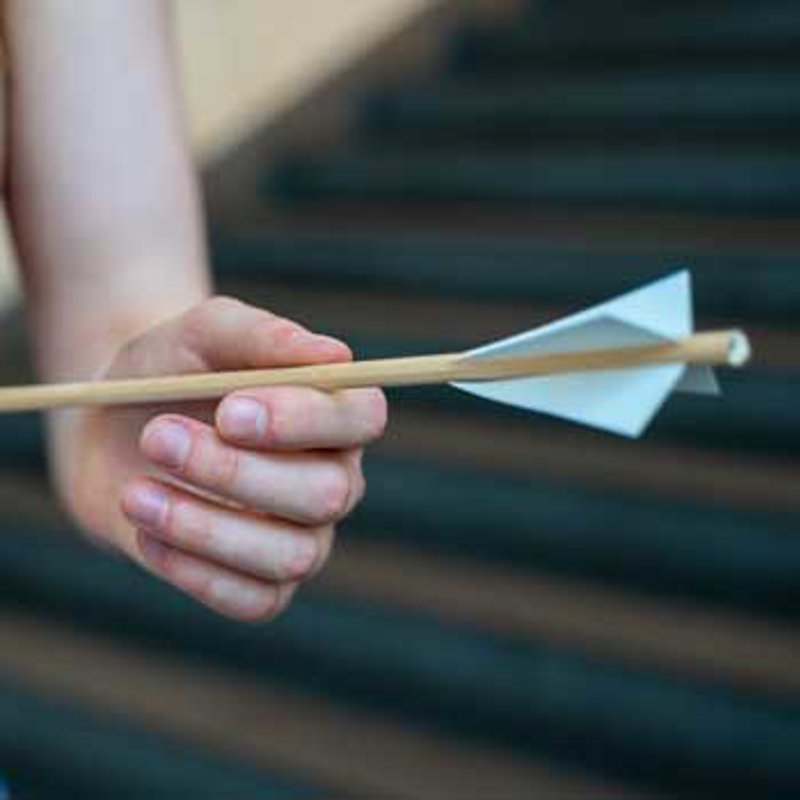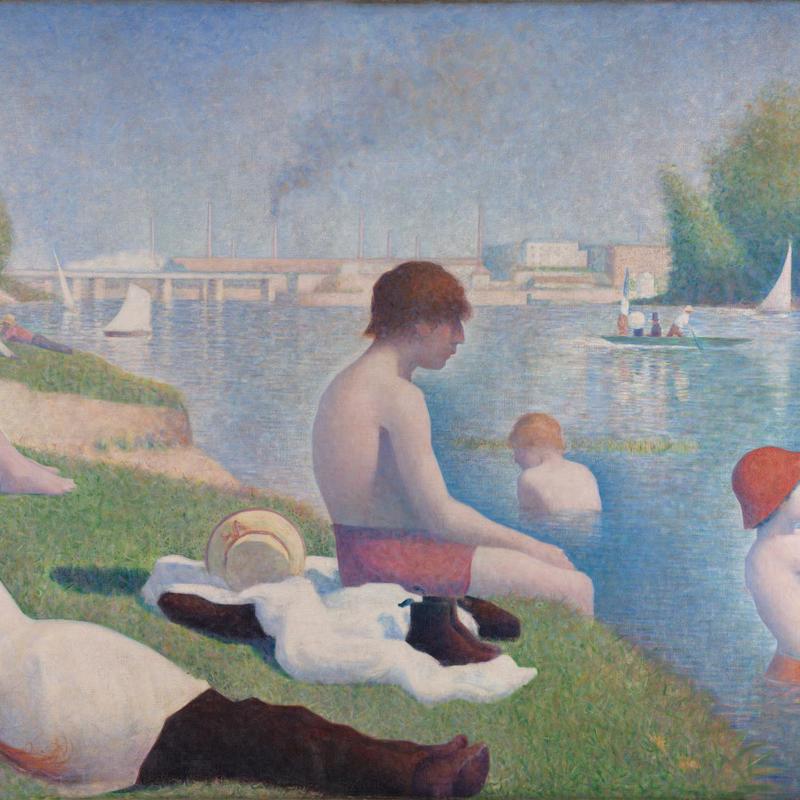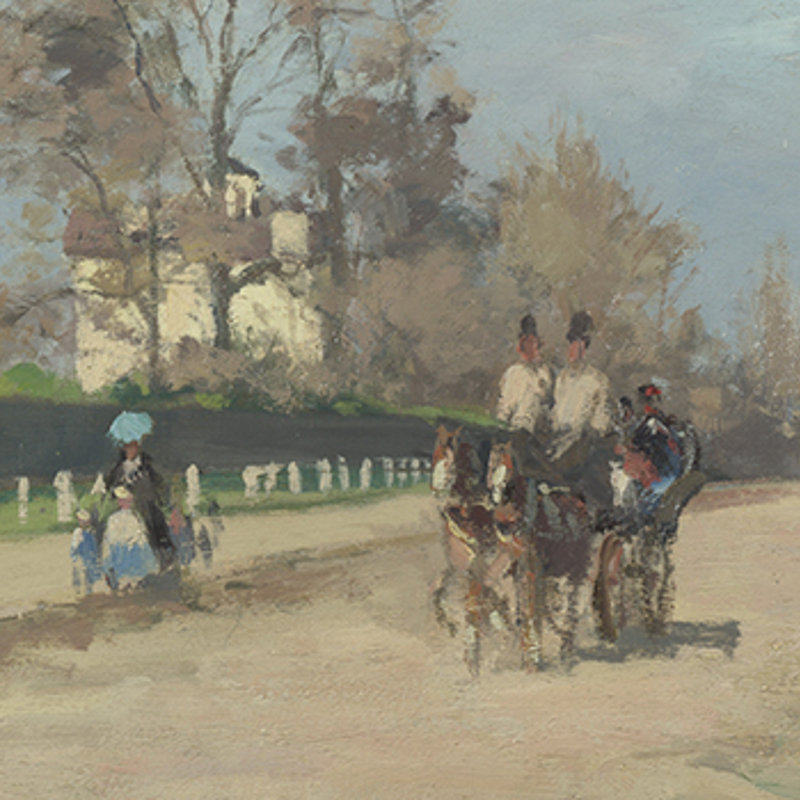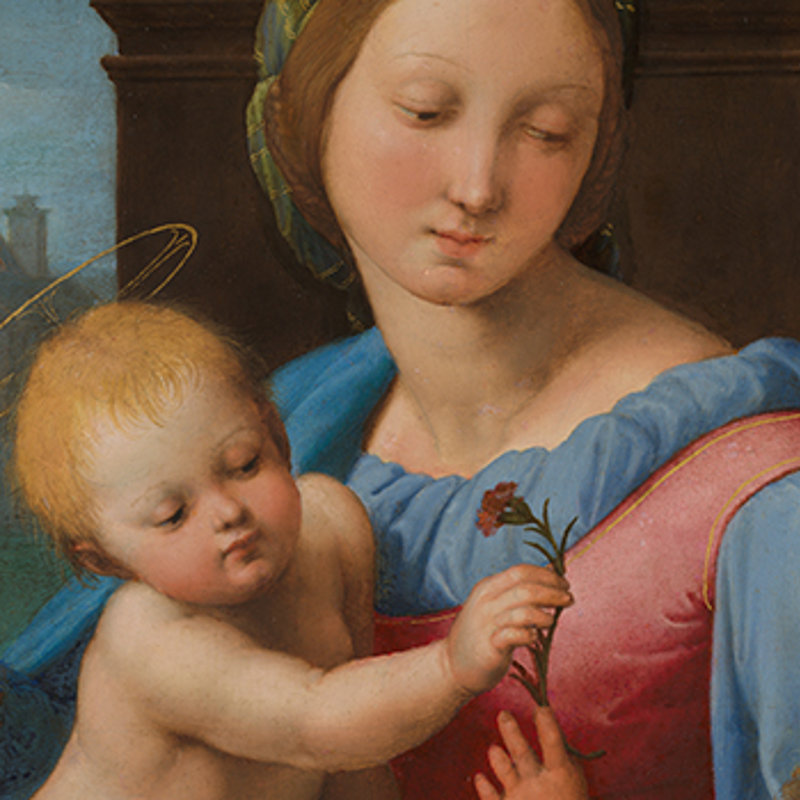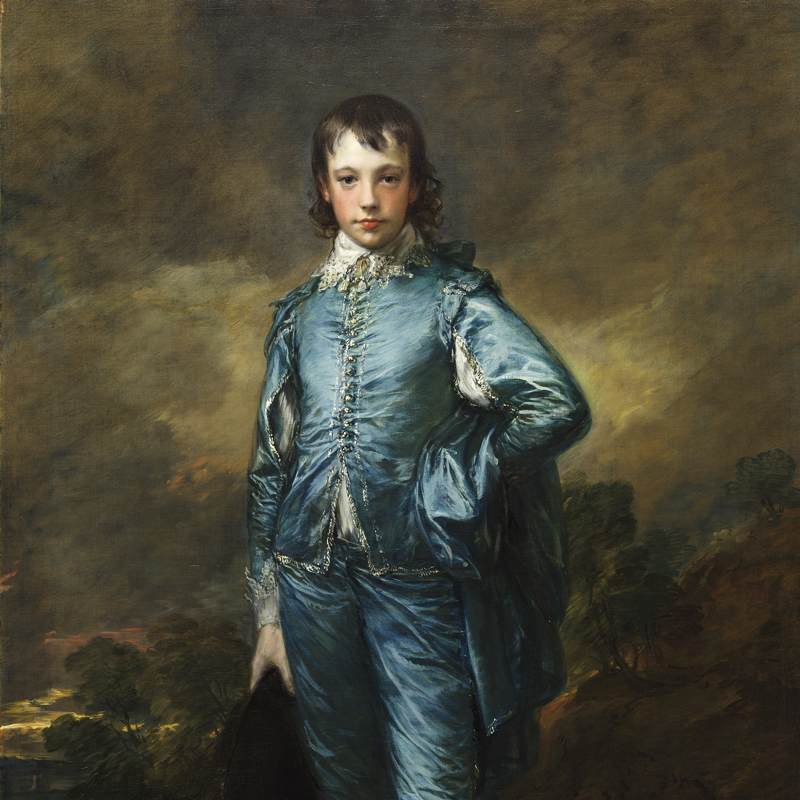Our selection of paintings for December’s ‘Picture of the month’ vote was inspired by our interest in how artists have used and depicted light, particularly as a narrative device. With the clocks changing and the nights drawing in, we become more alert to the physical and symbolic qualities of light. It is a universal symbol of hope, associated with the beginning of a new day, the turning of seasons, and renewal. In many faiths, light plays ceremonial and symbolic roles.
In the Christian art tradition, light alludes to the promise and presence of Christ. ‘The Annunciation’ radiates a sense of peace, and the connection to light might seem obscure at first. Set in a loggia (a room with open sides) which extends out into a lush green garden, we observe two figures, one seated and the other kneeling. As we look more closely, we notice we are witness to a divine act. Fra Filippo Lippi shows us the very moment when the Archangel Gabriel appears to Mary, telling her she is to conceive a son, Jesus Christ, through the Holy Ghost.
Painted in egg tempera in the early 1450s, the striking application of gold leaf is used to symbolise divine light and render the invisible, visible. Lippi uses luminous planes of shining gold and rays of light to animate the story unfolding in front of us. He plays with the interaction between light and surface to draw our attention to delightful narrative details.
When you are next in the Gallery, you may be struck by the halos – shining discs of gold – illuminating the profiles of Mary and Angel Gabriel, identifying them as divine. Swathes of golden cloth and the trim of Mary’s robe surround her in a pool of glorious light and transform her simple chair into a throne. The gold on Gabriel’s feathers glisten, bestowing him with majesty.
If you are online, you can zoom in to discover dots and dustings of gold that spiral and radiate around the small dove representing the Holy Spirit. They also encircle and extend from the hand of God, and in the beams of divine light from Mary’s womb. These moving and connecting rays are celestial, they are everywhere and nowhere, carrying the word and action of God.
We can imagine the panel, probably one of a pair, gleaming in the study of Piero de’ Medici, a member of the ruling family of Florence at the time of its commission. Possibly located above a door, ‘The Annunciation’ would have been surrounded by 12 ceramic roundels depicting the signs of the Zodiac. The Feast of the Annunciation, falling on 25 March, was the first day, or New Year’s Day, of the Florentine calendar year; a day often associated with renewal and looking forward.
Digital activity at the National Gallery is supported by Bloomberg Philanthropies Digital Accelerator






